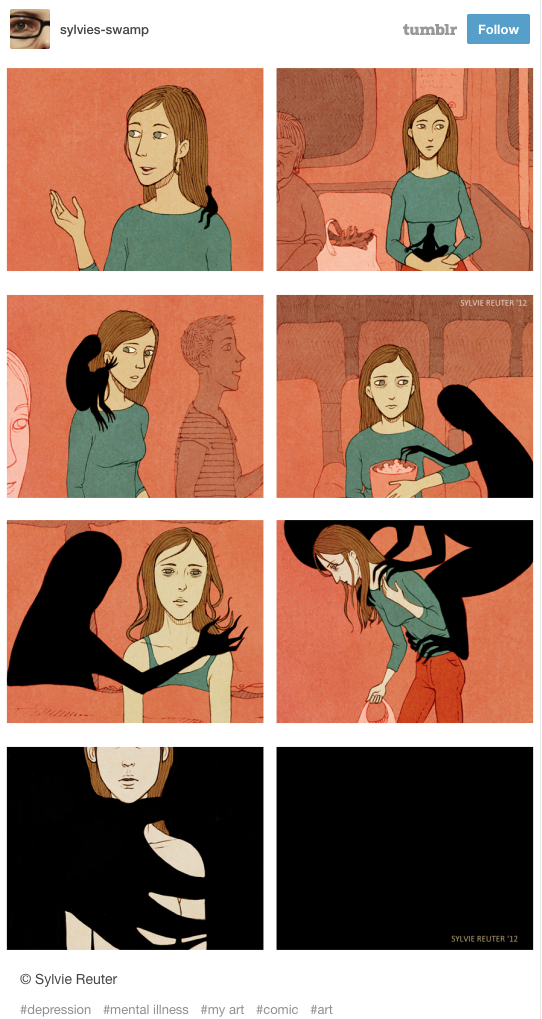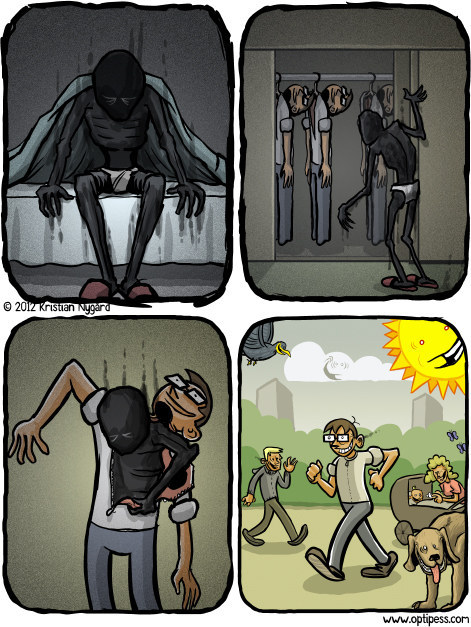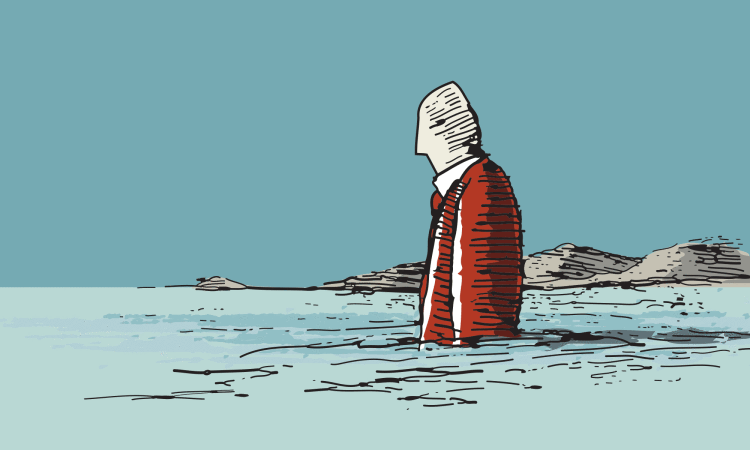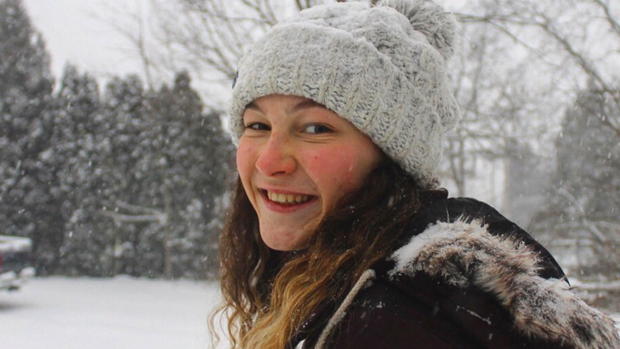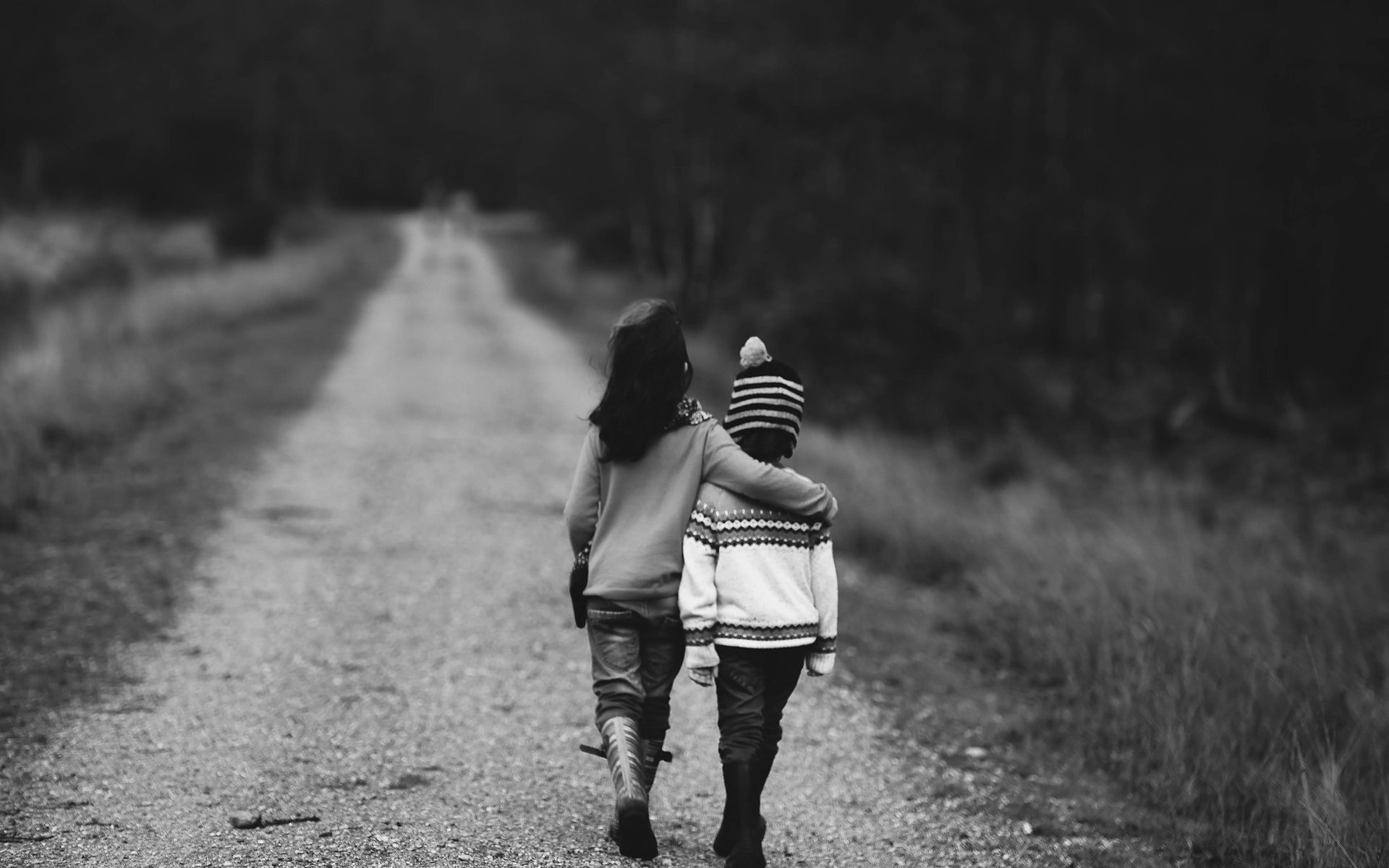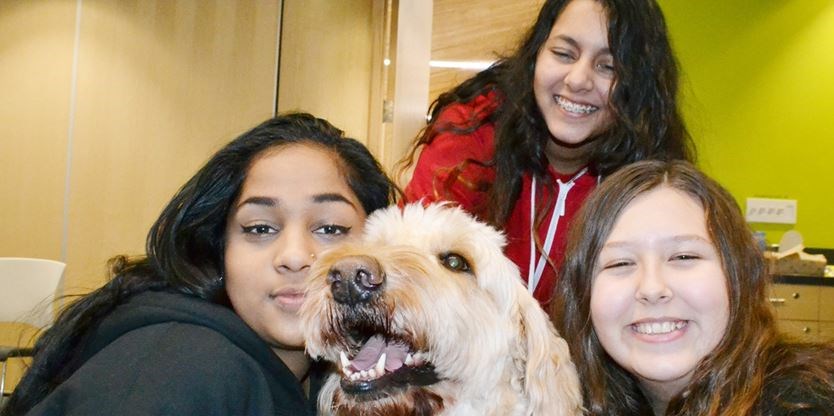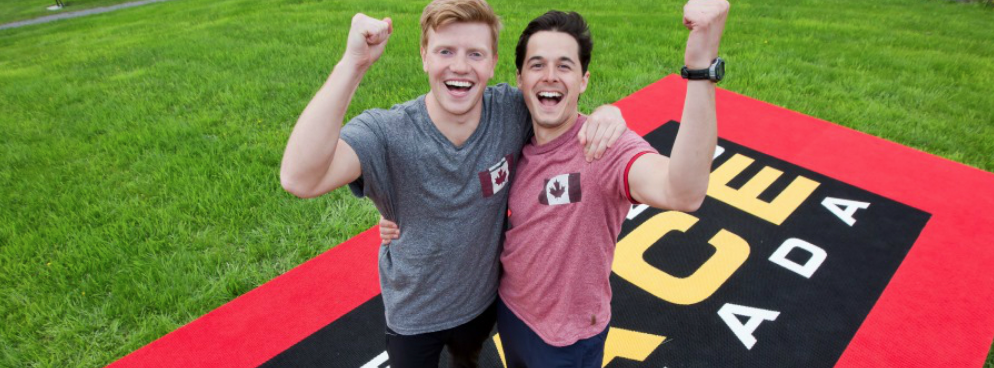From the Bell Let’s Talk blog
Paul Mitskopoulos is a Client Solutions Manager at LinkedIn, but he may look familiar to you if you watched The Amazing Race Canada on CTV. In 2017, Paul and his partner Sam Lambert won the fifth season of the show! We talked to Paul about his transformational journey, from the mental health challenges he faced before coming out to overcoming his fear of judgement from others, both on the show and in his everyday life.
Tell us about your experience with mental illness growing up.
Paul: I was never formally diagnosed, but I had symptoms of depression, and felt alone and isolated. I didn’t come out until I was 23, so I worked through a lot of years where I struggled with my own personal identity. I wasn’t confident or proud about who I was, and because I was bottling up my issues, I found it difficult to connect and talk to people. I grew up in Toronto, which is an accepting city, but I didn’t feel as though I had a strong connection with the gay community there. This just made me feel more alone and confused.
Can you tell us about your experience coming out?
Paul: I had a difficult time struggling with accepting my sexuality. I had a fear of judgement – I didn’t want to be stereotyped or put into a box. My mind went into worst case scenarios, like “I might lose my friends or my job”, but I feel very lucky to have such an open and accepting community of people surrounding me. Even though I was scared to come out, I’m glad I did, because everyone was so supportive.
We loved watching you on The Amazing Race Canada this summer! What motivated you apply for the show?
Paul: I’ve always been fan of the show, and I’ve been watching it for years with my family. I love traveling and I’m competitive, so being on the Amazing Race was always something that appealed to me. After coming out, though, I had a new reason to apply – to share my story. I wanted to tell people that you can live your true, authentic life and be happy living it.
After I was selected to be on the show, I was worried that people would comment negatively, on not only my performance in the challenges, but my sexuality. But what I wasn’t prepared for was the thousands of positive messages. So many men and women of all ages were talking about how they struggled with coming out, and they were so inspired to see my partner and I being open and happy on a national television show, positively representing the community. I was so happy I could be a positive influencer to so many people.
You mention that your fear of judgment is something you’ve struggled with over the years. Was this something that you experienced during The filming of The Amazing Race Canada?
Paul: It was very prevalent prior to starting the Race, but once I was in it, I was swept up in the challenges, so that allowed me to focus. Fear wasn’t top-of-mind for me. I spent a lot of time self-reflecting, though, which was tough. I’d second-guess myself, wondering if I looked okay during the legs of the race, or what audiences would think if I kissed Sam in front of the camera. How I coped with these feelings was focusing on the outcome. I thought about why I was doing this. At the end of the day I was afraid of judgement, but I wanted to share my story, and that’s what got me through it and put that fear at the back of my mind. Having Sam there as a person I could talk to and confide in also helped me work through my feelings of uncertainty.
Do you still feel fearful of judgment today? How do you overcome these feelings of self-doubt?
Paul: I don’t have a fear of it any more. When you’re doing a presentation, or an interview, or just talking to someone in everyday life, you can be judged. But I just focus on what my outcome and what I’m trying to achieve, whether it’s doing a great presentation or, in the Race, sharing my story and winning challenges. If you focus on making your objectives happen, it eliminates a lot of the fear in that situation. I focus on the achievement and the goal rather than the fear along the way.
Do you have any tips? Is there a process you follow?
… continue reading …
